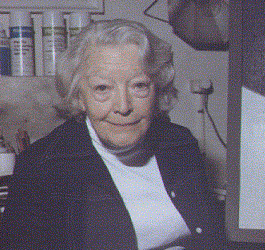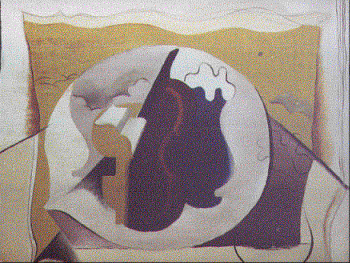Paule Vezelay
First English Woman Abstract Artist 1892 - 1984


At the age of 91 Paule Vezelay was awarded a major retropective exhibition at the Tate Gallery London. Fourteen of her works are now in the Tate collection. She was one of the first British artists to commit herself totally to the abstract movement, producing her first abstract painting in 1928.
Paule Vezelay was born as Marjorie Watson-Williams in 1892 in Bristol. After studying in London she visited Paris in 1920, and a few years later decided to live there. She mixed with many famous artists of the School of Paris, and adopted a French name. From 1929 to 1932 Vezelay lived with Andre Masson, and at this early date her work was already moving towards abstract floating shapes.
In 1934 she joined the group Abstraction-Creation, and formed lifelong friendships with Sophie Tauber-Arp and Jean Arp. Her paintings at this time became 'studies of harmony, balance, spacing and rhythmical contrast executed in clear contrasting colours or black and white' (Ronald Alley, Paule Vezelay, Tate Gallery. 1983). She also wrote articles and worked in three dimensions, making plaster sculptures and avant-garde constructions known as 'Lines in Space' which were first exhibited in Paris in 1937.
World War Two forced Vezelay to return to Bristol where she made drawings of war damage, particularly inspired by the shapes of barrage balloons. After the war she stayed in England, and although she founded the British branch of the Group Espace she never became part of the London Art scene, living a secluded life. In the years that followed she designed many succesful textiles for Heals and continued to create charcoal drawings, constructions, pastels, paintings and prints until her death in 1984.


See more of Paule Vezelay's paintings on the next page.